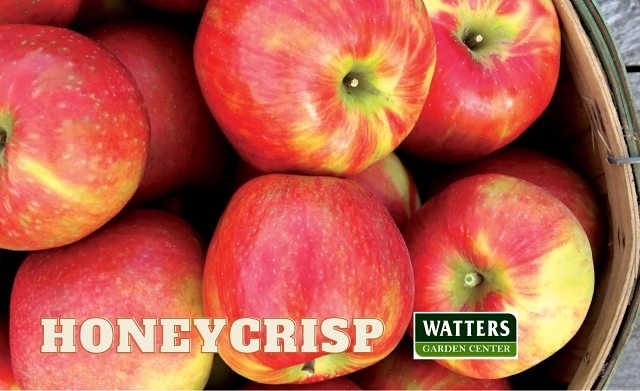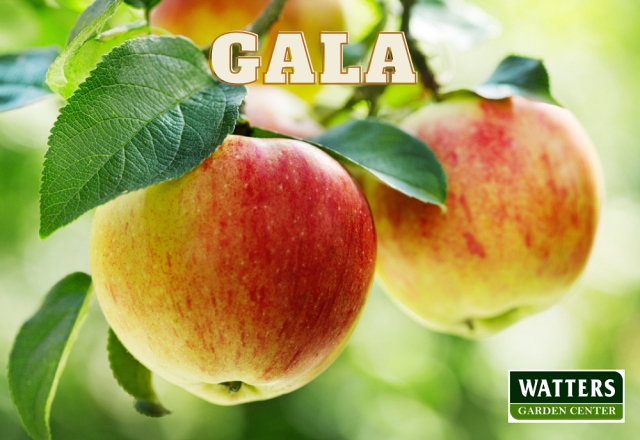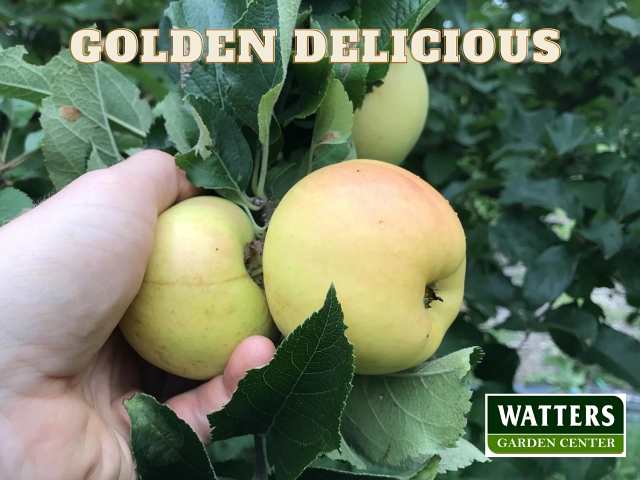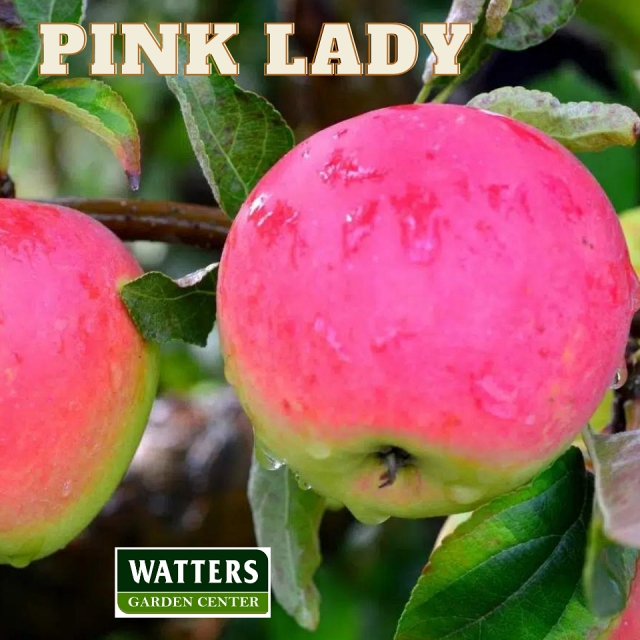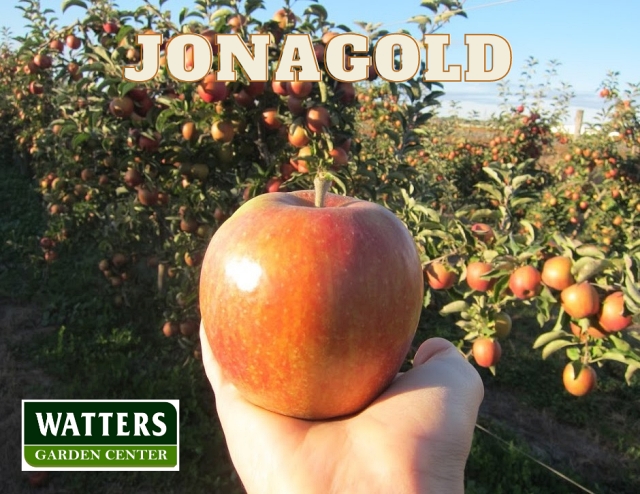by Ken Lain, the mountain gardener


Zone 7, with its fluctuating temperatures and varied precipitation, presents opportunities and challenges for aspiring apple enthusiasts. But fear not; homegrown orchards are within reach! Following these key steps and exploring popular varieties, you can cultivate healthy trees and relish juicy, homegrown apples.
Location, Location, Location:
Start by picking the perfect spot. Apple trees crave full sun (6-8 hours daily) and well-drained soil, ideally with a pH between 6.0 and 7.0. Avoid low-lying areas prone to frost and ensure good air circulation to prevent disease.
Spring is the prime planting season in zone 7. Dig a hole 3X the diameter and the same depth as the root ball. Amend the soil with Watters Premium Mulch for drainage and nutrients. Spread the roots carefully, ensuring the graft union rests above the soil level. Backfill, water deeply, and use remaining mulch to retain moisture.
Variety is the Spice of Life – Where to Buy
Zone 7 offers a plethora of delicious apple varieties. Here are 7 popular choices, each with unique benefits:
Honeycrisp: This all-star boasts a sweet, tangy flavor and crisp, juicy texture. Its disease resistance makes it a low-maintenance option. However, consider planting a pollinator like Gala or Fuji for a consistent fruit set.
Gala: A reliable producer of sweet, mild apples, Gala is perfect for fresh eating and snacking. This self-pollinating variety thrives in warmer areas of zone 7.
Golden Delicious: is a classic baking apple known for its sweet, aromatic flesh. However, it’s susceptible to disease and may require extra care.
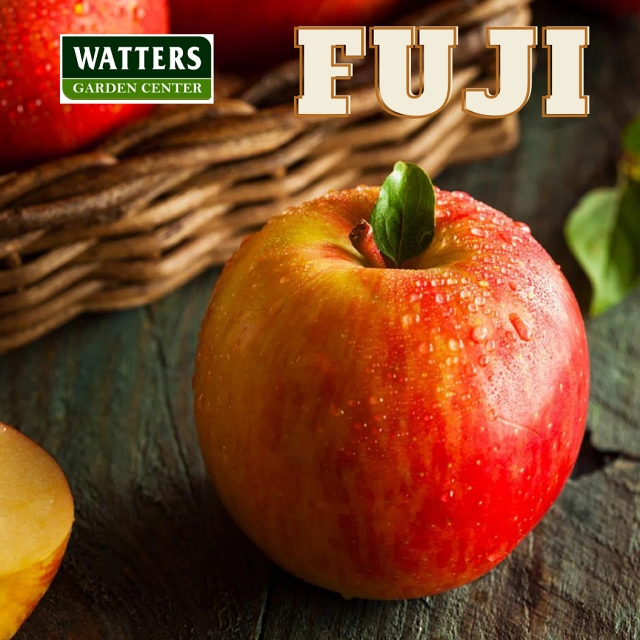
Fuji: This late-season bloomer offers a sweet-tart flavor with a satisfying crunch. Resistant to diseases, Fuji needs another apple variety for pollination.
Pink Lady: With its vibrant pink skin and sweet, tangy flavor, it is a visual and culinary treat. This disease-resistant variety requires a pollinator and may struggle in colder parts of Zone 7.
Jonagold: Combining the sweetness of Golden Delicious with the tang of Jonathon, Jonagold offers a balanced flavor profile. This self-pollinating variety can be susceptible to scab, requiring preventative measures.
Cultivating Excellence:
Regular watering is crucial, especially during the first few years. Aim for 1-2 inches of water per week, adjusting based on rainfall. Feed Fruit trees 4x per year with Watters 6-4-4-7 Fruit Tree Food to produce larger, juicier fruits annually.
Pruning is vital to shaping your tree, promoting solid branches, and maximizing fruit production. Learn proper pruning techniques for your chosen variety and prune lightly during dormancy. Thinning young fruits improves their size and quality. Remove excess fruits after they reach golf ball size, leaving about 2-3 apples per cluster.
Protecting Your Bounty:
Be vigilant for common apple pests and diseases like codling moth, apple scab, and fire blight. Use organic methods like insect netting, row covers, and natural predators, like ladybugs, whenever possible. Organic fungicide sprays are excellent at preventing diseases.
Patience is a Virtue:
Apple trees need to grow 5-7 years before they are mature enough to set their first fruits. If you are impatient, simply plant an older, larger tree that is old enough to set fruit in its first season. Your homegrown apples will be well worth the wait with proper care and patience!
By following these simple steps and selecting varieties suited to our zone and preferences, you can cultivate a thriving apple orchard and enjoy the satisfaction of biting into your delicious harvest. So get planting, and soon, you’ll savor the fruits of your labor!
Learn more at a free garden class. The spring class schedule is up, and next week, we will go deep into tips, tricks, and local garden hacks, so join the garden fun. Here’s the 2024 Garden Classes lineup and the following few classes.
March 23 @ 9:30 am PROPER PLANTING IN MOUNTAIN SOILS
We’ll look in-depth at how to be successful when planting your personal paradise. We’ll discuss techniques for brighter, more beautiful gardens and how to keep them healthy.
March 30 @ 9:30 am GROWING BETTER PEONIES THIS SPRING
This class is an in-depth introduction to these flower powerhouses and all the companion plants that grow so well with them. You will be a Peony pro after this week’s class!
April 6 @ 9:30 am LILACS AND BETTER FRAGRANT GARDENS
Lilacs have come a long way from your grandmother’s garden, with new colors, shapes, sizes, and fragrances for the style of any gardener.
Until next week, I’ll be helping local gardeners plant better apple trees here at Watters Garden Center.



